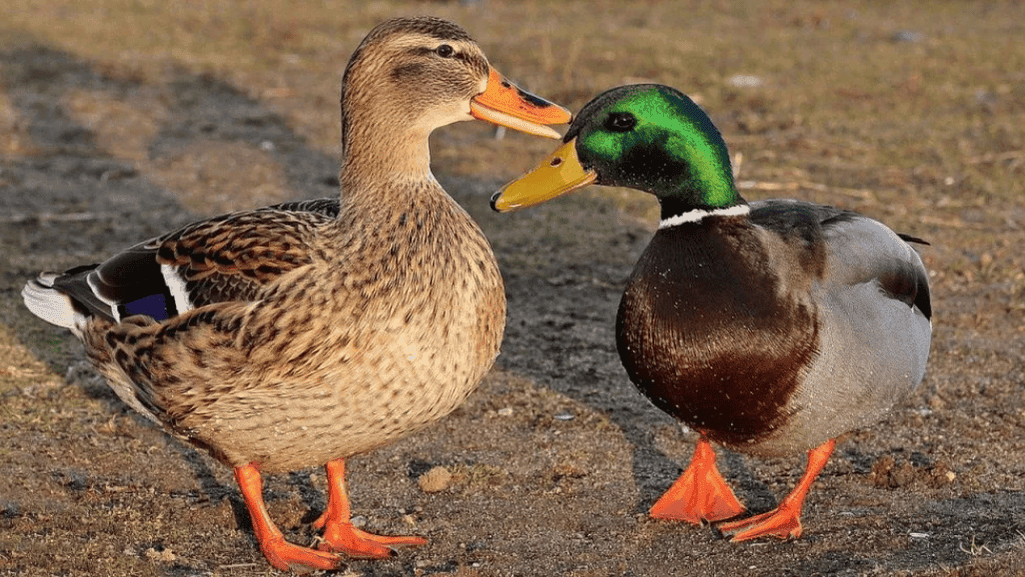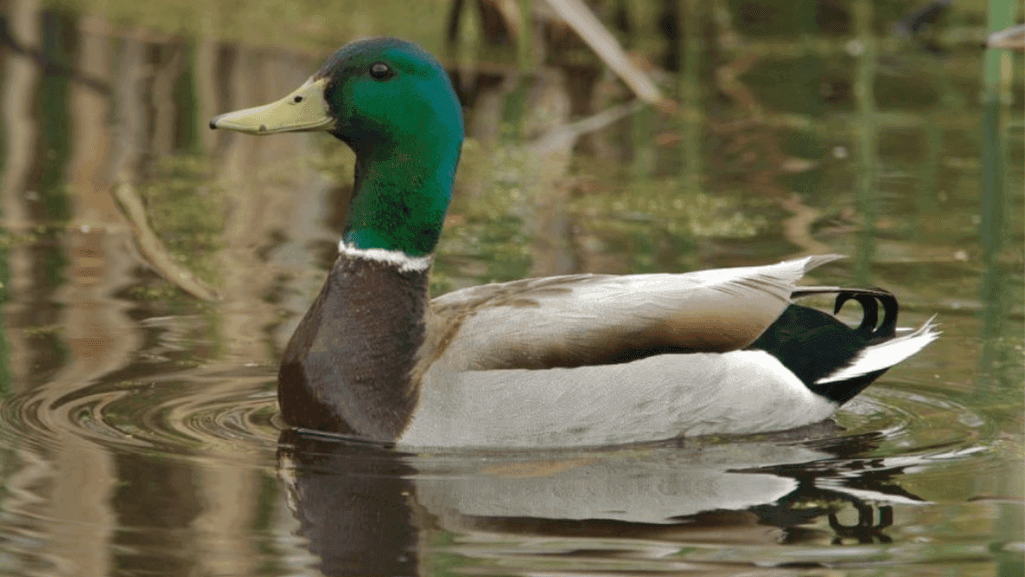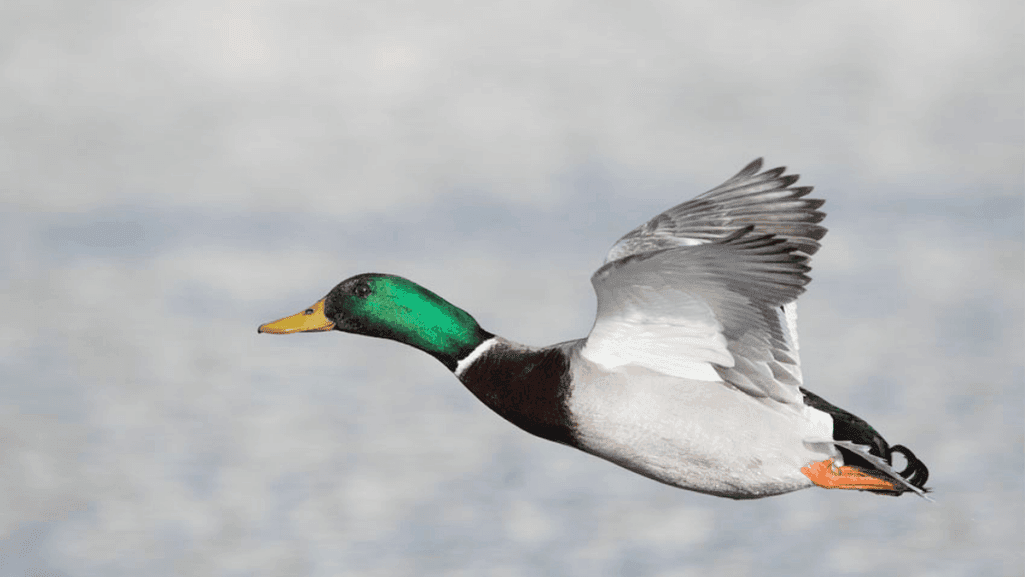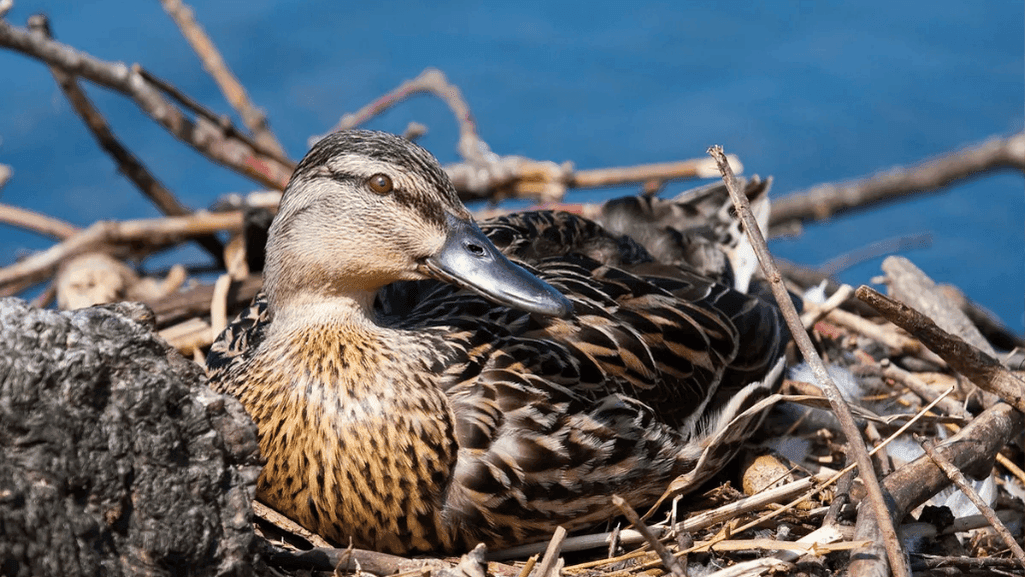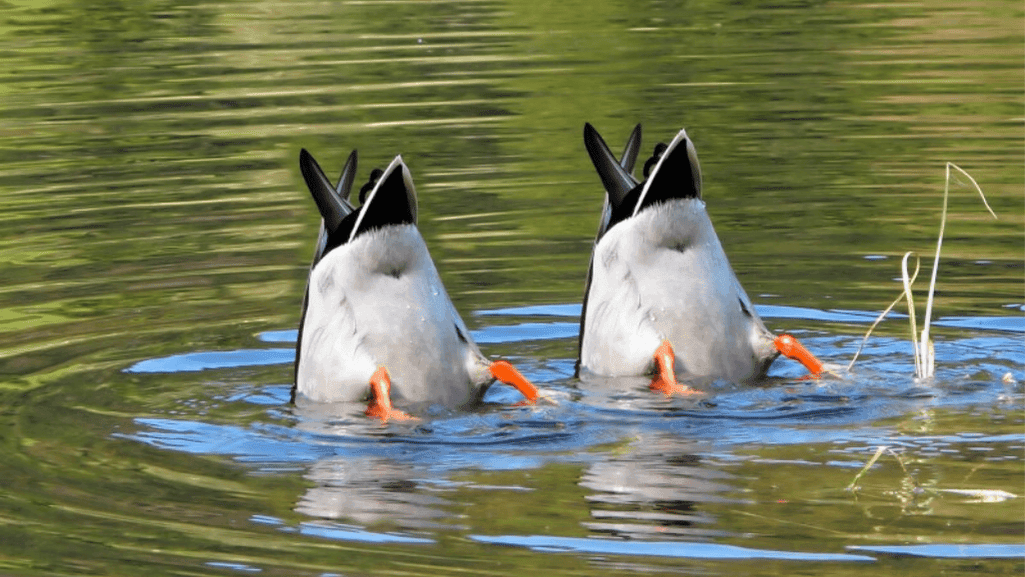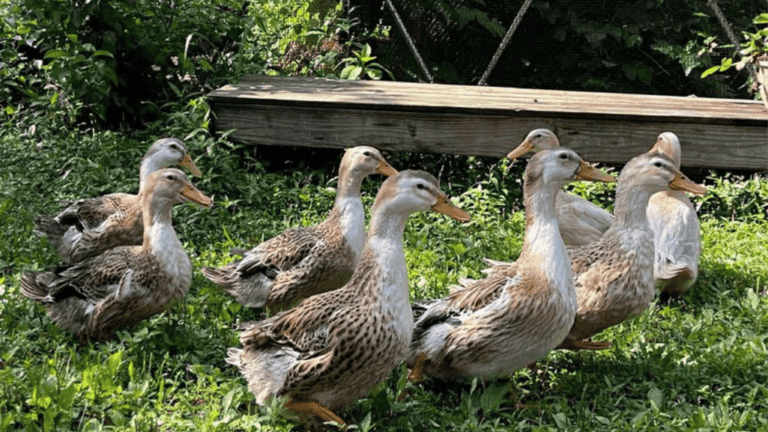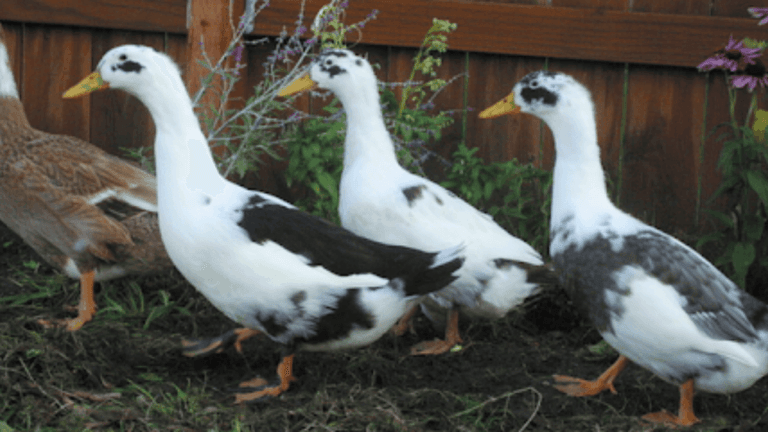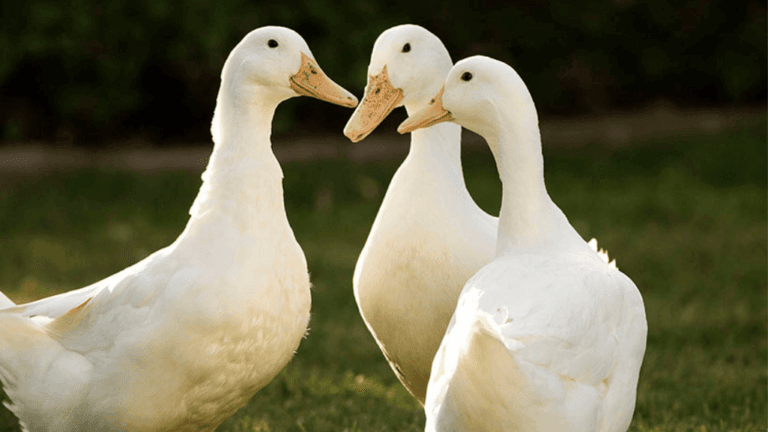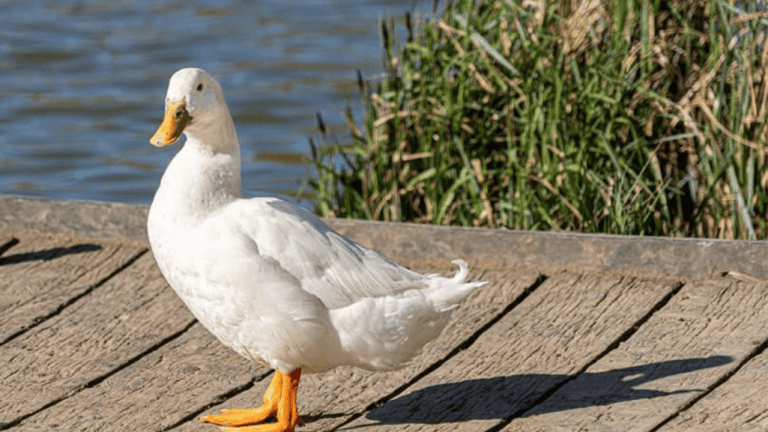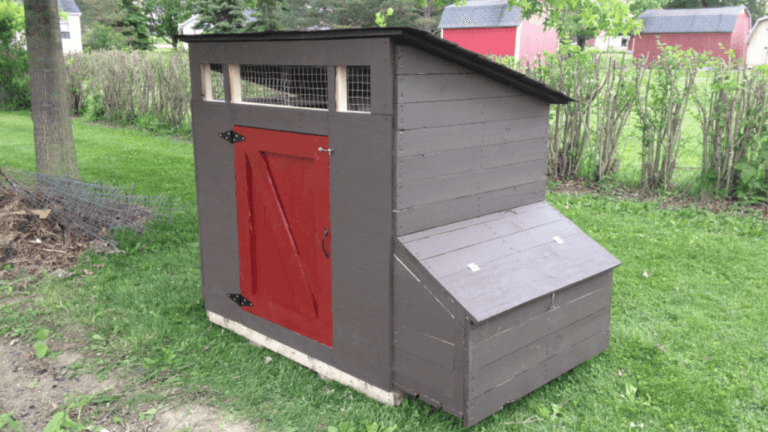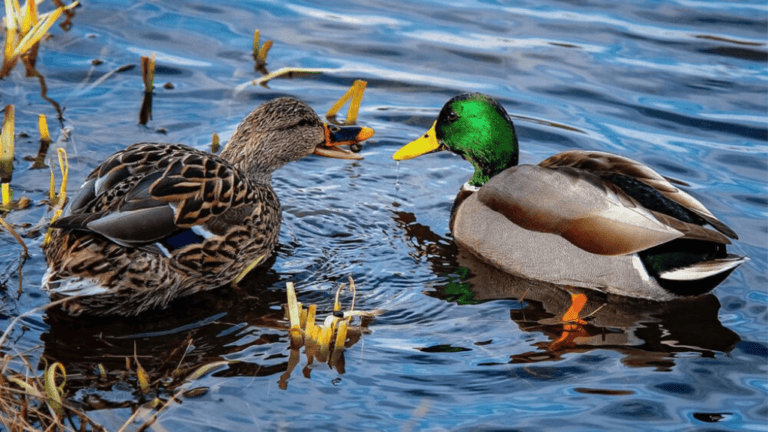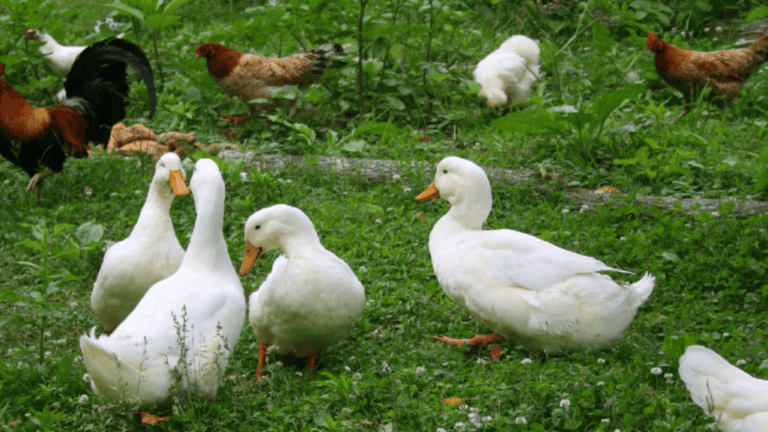Step into the world of wild birds and discover the beauty of Mallard Ducks. These birds are the most common and well-known in the United States. They have green heads, white-ringed necks, and webbed feet, making them a joy to watch in nature.
Mallards live in wetlands, lakes, and rivers in North America, Europe, and Asia. They can be found in many places, from Pennsylvania to the southern hemisphere. The female Mallard’s quacking and the drake’s majestic look make them a favorite among bird lovers.
Key Takeaways:
- Mallard Ducks are the most abundant and recognizable waterfowl in the United States.
- These migratory birds are widely distributed across North America, Europe, and Asia.
- Mallards are known for their distinctive green heads, white-ringed necks, and webbed feet.
- As dabbling ducks, they inhabit wetlands, lakes, and rivers in various regions.
- The adaptability of Mallard Ducks has allowed them to thrive in diverse environments.
Introduction to Mallard Ducks
Mallard ducks are known for their green head and white neck ring. They are among the most recognizable duck species worldwide. These birds have won the hearts of many, thanks to their beauty and ability to adapt. We will explore the world of mallards, including their scientific name, where they live, and what makes them special.
Anas platyrhynchos: The Scientific Name
The mallard duck’s scientific name, Anas platyrhynchos, comes from Greek and Latin. “Anas” means “duck” in Latin, and “platyrhynchos” means broad bill in Greek. This name fits the mallard’s broad bill perfectly, which helps them find food in shallow water and on land.
Worldwide Distribution of Mallards
Mallards are found all over the world. They live in North America, Europe, Asia, and parts of Australia. All About Birds says mallards are the most common duck in North America, with over 11 million birds.
| Region | Mallard Population Status |
|---|---|
| North America | Most abundant and widespread duck species |
| Europe | Common and widespread |
| Asia | Widely distributed, with some regional variations |
| Australia | Introduced species, established in some regions |
The mallard’s success comes from its ability to adapt. They live in many places, from wetlands to urban parks. This flexibility helps them survive, even when faced with habitat loss and hunting.
In conclusion, the mallard duck is a remarkable species. With its name Anas platyrhynchos, it has won hearts worldwide. Its ability to adapt and live in many places makes it a symbol of the importance of preserving wetlands and their biodiversity.
Physical Characteristics of Mallard Ducks
Mallard ducks are known for their striking looks. Males and females have different feathers. The male, or drake, has a green head, white neck ring, and dark brown chest. His belly, sides, and back are light grayish.
The drake’s wings show off a blue speculum, a shiny feather patch. Females, or hens, have mottled brown feathers and an orange-and-black bill. Both have webbed feet for swimming.
Distinctive Plumage of Male and Female Mallards
The mallard’s feathers show how males and females are different. The drake’s bright colors are easy to spot. The hen’s brown feathers help her hide when she’s nesting.
The speculum, a blue patch with white edges, is seen on both. Male Mallards often mix with other ducks, making their offspring look different.
Mallards have special traits beyond their feathers. They are dabbling ducks, feeding by tipping forward in the water. Their webbed feet help them swim and move through wetlands.
Size and Weight of Mallards
Mallards are medium-sized ducks. They are bigger than teals but smaller than Canada Geese. Adult Mallards are 20 to 28 inches long.
The drake is a bit bigger than the hen. Adult male Mallards usually weigh 1.24 kg (2.7 lbs). Some big males can weigh up to 1.36 kg (3 lbs).
| Mallard Duck | Length | Weight |
|---|---|---|
| Adult Male (Drake) | 20-28 inches | 1.24-1.36 kg |
| Adult Female (Hen) | 20-28 inches | 1.0-1.2 kg |
Mallards are fast flyers, reaching speeds of up to 55 miles per hour. They are agile and efficient in the air. But, they can’t fly during the molting season, lasting 3-4 weeks.
Habitat and Behavior of Mallards
Mallard ducks are very adaptable and live in many places. They are found in wetlands, city parks, farm country, and even by remote trout streams. Their ability to adapt has made them the most common dabbling duck in North America.
Preferred Habitats of Mallard Ducks
Mallards pick their nesting sites wisely. They nest in wetlands, near the sea, and even in human areas. The highest numbers of mallards live in the Prairie Pothole Region of the Northern Great Plains.
They nest in various places, but prefer spots at least 20 inches high. Mallard ducklings need wetlands full of insects to grow. They move a lot before they can fly, which takes about 7-8 weeks. For more on mallard life, visit All About Birds.
Social Behavior and Courtship Rituals
Courtship for mallards begins in early winter and goes until spring. They are social and often seen in groups. Mallards pair up for a year but are mostly monogamous during that time.
The courtship displays are amazing. Males show off by head-pumping, wing-flapping, and whistling to attract a mate. Once paired, the female leads her mate to a nesting site. She lays 10-12 eggs, and after 28 days, the ducklings are ready to explore.
For more on mallard ducks and their behavior, contact Ducks New World. It’s a great resource for duck lovers.
Mallard Ducks in North America
Mallard ducks are a common sight in North America’s wetlands and waterways. They live in many places, from the Arctic to subtropical areas. These ducks have interesting migratory patterns, with some staying put and others traveling long distances.
Their migration is driven by food, weather, and breeding success. In the fall, they head south to avoid harsh winters. Some mallards travel up to 800 miles in one night, showing their amazing endurance and navigation.
Wildlife agencies and conservation groups keep an eye on mallard populations. While mallards are generally stable, some areas see declines. This is due to habitat loss and degradation, especially in the Prairie Pothole Region.
| Flyway | Estimated Mallard Population |
|---|---|
| Atlantic Flyway | 1.2 million |
| Mississippi Flyway | 3.5 million |
| Central Flyway | 2.8 million |
| Pacific Flyway | 1.5 million |
Conservation efforts, like wetland restoration, help mallard populations. These efforts protect habitats, ensuring mallards and other waterfowl have what they need. This includes places for breeding, migration, and wintering.
The mallard is a symbol of wetland conservation and a favorite among birdwatchers and hunters. Understanding their migration, population, and habitat needs helps us ensure their survival. This way, these magnificent birds can continue to thrive in our changing world.
Breeding and Nesting Habits
Mallard ducks have interesting breeding and nesting habits. They start looking for mates in autumn, with mating happening from March to June. Female mallards can breed at about one year old and choose where to nest.
Nesting Sites and Clutch Size
Mallards like to nest within 300 feet of water. They build their nests on the ground, hidden in thick plants or near water. These nests are about 11 inches wide on the outside and 7 inches inside, with a depth of 1 to 6 inches.
A mallard clutch usually has 8 to 10 eggs, but can have as few as one or as many as 13. The eggs are creamy or olive green, about 2 1⁄4 inches long and 1 2⁄3 inches wide.
| Clutch Size | Number of Eggs |
|---|---|
| Minimum | 1 |
| Average | 8-10 |
| Maximum | 13 |
Incubation Period and Duckling Care
The incubation period for mallard eggs is 23 to 30 days, averaging 28 days. During this time, the female keeps the eggs warm and safe.
After hatching, the female mallard cares for the ducklings alone. The male does not help. The mother duck looks after the ducklings for about 50 to 60 days, teaching them how to find food and survive. By 70 days, the ducklings are ready to fend for themselves.
Mallards usually have one brood a season, but may try again if the first fails. Domestic and feral mallards might even have a second brood.
Mallard ducks’ breeding and nesting habits show their ability to adapt and thrive in the wild. From choosing the right nest site to caring for their young, mallards have developed effective strategies for their offspring’s survival and success.
Diet and Feeding Habits of Mallards
Mallard ducks are known for their adaptability and wide range. They have unique ways of eating and finding food. As dabbling ducks, they have special bills that help them find food in water.
Dabbling for Food in Water
Mallards are dabbling ducks, known for their way of eating. They dip their heads into water while keeping their backs up. Their bills help them find seeds, plants, and small animals in the water.
Diverse Menu: From Aquatic Invertebrates to Plant Matter
Mallards eat both plants and animals. Their diet changes with the season and where they live. In water, they eat insects and small animals like snails.
They also eat plants like leaves and seeds. In the fall and winter, they eat grains from fields. This helps them survive in many places.
| Food Type | Examples |
|---|---|
| Aquatic Invertebrates | Insects, larvae, snails, mollusks, crustaceans |
| Plant Matter | Aquatic vegetation, seeds, grains, acorns |
| Small Animals | Earthworms, crabs, frogs, tadpoles, fish |
It’s good to feed mallards natural foods like corn and vegetables. But, bread is bad for them. It can make them sick.
Learning about mallards’ diet helps us appreciate them more. They play a big role in water ecosystems. Their eating habits show how they adapt to their surroundings.
Adaptability of Mallard Ducks
Mallard ducks are incredibly adaptable, living in many different places. They can handle cold wetlands in North America and warm areas in Europe and Asia. This makes them one of the most common duck species around the world.
One reason mallards are so adaptable is their flexible nesting habits. They can nest in many places, like marshes, grasslands, and even city parks. This flexibility helps them survive and thrive in various environments.
Mallards also played a big role in duck domestication. Humans bred them for bigger size, more eggs, and friendlier nature. This led to many domestic duck breeds, used for meat, eggs, and feathers.
Not only in domestic settings, but mallards also live in the wild. These feral mallards come from ducks that escaped or were released. They can mix with wild mallards, creating new, adaptable ducks. Ducks New World explores the fascinating world of mallards.
| Region | Percentage of Wild Mallards in Old World A Haplogroup | Percentage of Wild Mallards in New World B Haplogroup |
|---|---|---|
| North America | 56% | 44% |
| Eurasia | 99% | 1% |
| New Zealand (Feral Population) | 0% | 100% |
Mallards show great genetic diversity. They are divided into Old World A and New World B haplogroups. In Eurasia, most mallards are Old World A, but in North America, it’s more even. This diversity shows mallards can adapt to many environments.
In summary, mallard ducks are a great example of adaptability in birds. They can nest in many places, have been domesticated, and live in the wild. Studying them helps us understand nature’s resilience and beauty.
Mallards as Popular Game Birds
Mallard ducks are loved by hunters everywhere. They are as popular as the ring-necked pheasant. The excitement of chasing these quick birds makes hunting them very rewarding.
Mallards can be found in many places like creeks and lakes. They are easy to hunt in different areas. To find them, hunters need to scout their favorite spots.
The drake mallard’s bright colors make it a beautiful sight. Its green head and yellow bill are stunning. Plus, mallards taste great, making them a favorite among hunters.
Hunting Regulations for Mallard Ducks
There are rules to help keep mallard populations healthy. These rules help hunters enjoy the sport while protecting the birds. Key rules include:
- Bag limits: How many mallards a hunter can catch in a day.
- Season dates: When hunting is allowed, matching their migration times.
- Hunting methods: Rules on using decoys and calls to ensure fair play.
- Licensing requirements: Hunters need special permits to hunt mallards.
Mallards grow up fast and have lots of babies. This helps them stay common. But, hunters must follow the rules to keep their numbers right.
| State | Bag Limit (per day) | Season Dates |
|---|---|---|
| California | 7 | Oct 24 – Jan 31 |
| Arkansas | 6 | Nov 21 – Jan 31 |
| Mississippi | 6 | Nov 27 – Jan 31 |
Hunters help keep mallard populations strong by following the rules. Their appeal, the challenge of hunting them, and their taste make them a top choice for hunters.
Conservation Status and Threats
Mallard ducks (Anas platyrhynchos) are a beloved sight in wetlands and waterways. But, their population decline in recent years is concerning. This has led conservationists to examine the threats these birds face.
Population Trends of Mallard Ducks
For many years, mallard populations were stable or even grew in North America. But, the U.S. Fish and Wildlife Service’s data shows a worrying trend. From 2022 to 2023, mallard numbers dropped by 18%. This is 23% below their long-term average.
In the eastern region, the decline was 4% from 2022. Now, their numbers are 6% below the long-term average.
| Region | Population Change (2022-2023) | Comparison to Long-term Average |
|---|---|---|
| North America | -18% | -23% |
| Eastern Region | -4% | -6% |
Habitat Loss and Other Challenges
Habitat loss is a major reason for the decline in mallard populations. The areas with the biggest losses are where development is taking over agricultural lands and grasslands. Losing these habitats is a big threat to mallards and many other species.
Mallards also face other challenges like predation, accidents, hunting, and diseases. More than half of mallards die before they are two years old due to these threats. Efforts to protect their habitats and manage these challenges are crucial for their survival.
To protect mallard ducks, we must work together. We need to protect and restore wetlands and grasslands. Supporting conservation, educating others, and making eco-friendly choices can help. Together, we can ensure a brighter future for these iconic birds.
Observing Mallards in Nature
Watching mallard ducks in their natural habitats is a thrilling experience. These waterfowl, with their green heads (males) and brown plumage (females), are a joy to observe. They go about their daily activities with grace and ease.
Tips for Spotting and Identifying Mallards
Mallards are common and widespread, found in North America and Eurasia. Look for them in wetlands, city parks, farm ponds, or streams. Their quacking calls can help you find them, even if they’re hidden.
When watching mallards, notice their behavior. They might be dabbling for food or showing off in courtship rituals. Always keep a safe distance of at least 2 meters from nests. This is especially important during the breeding season from April to August.
Best Locations for Mallard Duck Watching
Great places to see mallards include national wildlife refuges, state parks, and urban parks with ponds. Eliza Howell Park is a top spot for mallard watching, especially when there’s ice-free water. Use binoculars or a spotting scope to get a closer look without disturbing them.
By visiting these places and observing mallards, you’ll appreciate their beauty and importance in the ecosystem. It’s a rewarding experience that deepens your connection with nature.


